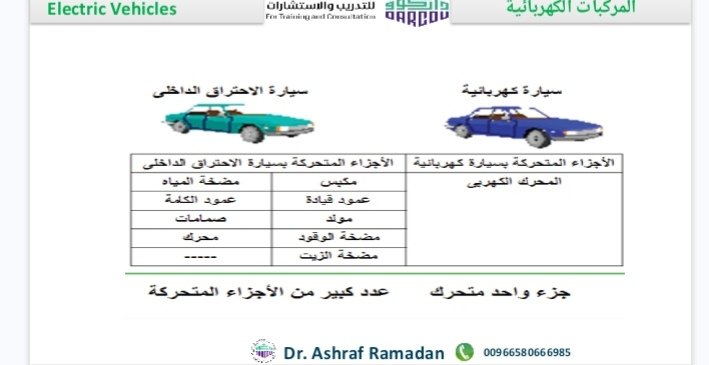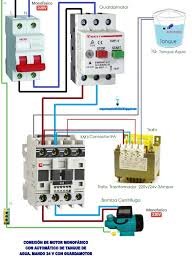
As the automotive industry advances, the debate between electric vehicles (EVs) and internal combustion engine (ICE) vehicles becomes increasingly relevant.
Both types of vehicles have distinct
characteristics, advantages, and disadvantages.
Understanding these differences can help consumers make informed decisions about which type of vehicle best suits their needs.
Performance and EfficiencyElectric Vehicles (EVs): EVs are known for their impressive
acceleration and smooth driving experience.
Electric motors provide instant torque, which
results in rapid acceleration from a standstill.
Additionally, EVs are more energy-efficient than ICE vehicles. Electric drivetrains convert over 90% of the energy from the battery to power the wheels, whereas ICE vehicles typically convert only about 20% of the fuel's energy into motion.
Internal Combustion Engine Vehicles (ICEs): ICE vehicles generally have a wider range of powertrain options, including gas, diesel, and hybrid engines. While they may not match the instantaneous torque of EVs, modern ICE
vehicles can still deliver robust performance.
However, their fuel efficiency is generally lower compared to EVs, as a significant portion of energy is lost as heat in the combustion process.Environmental ImpactElectric Vehicles (EVs): EVs offer a substantial environmental
advantage over ICE vehicles. They produce zero tailpipe emissions, reducing pollutants such as nitrogen oxides and particulate matter.
The overall environmental impact of EVs depends on the electricity source used for charging; however, even with a mix of renewable and non-renewable sources, EVs tend to have a lower carbon footprint than ICE vehicles.
Internal Combustion Engine Vehicles (ICEs): ICE vehicles contribute to air pollution and greenhouse gas emissions, including carbon dioxide (CO2).
These emissions have been linked to climate change and adverse health effects.
While advancements in fuel efficiency and emission control technologies have mitigated some of these impacts, ICE vehicles remain less environmentally friendly compared to EVs.
Cost of OwnershipElectric Vehicles (EVs): The initial purchase price of EVs is often higher than that of ICE vehicles, though this is gradually changing as technology advances and economies of scale improve.
However, EVs generally have lower operating costs. Electricity is cheaper than gasoline or diesel, and EVs require less maintenance due to fewer moving parts and the absence of oil changes.Internal Combustion Engine Vehicles (ICEs): ICE vehicles usually have a lower upfront cost compared to EVs.
However, they incur higher operating costs due to fuel expenses and more frequent maintenance needs, such as oil changes, exhaust system repairs, and transmission servicing.
Comments (0)
Categories
Recent posts


Data switches
9 Jun 2024
ادارة المشاريع ...
29 Sep 2024
HVAC system
28 Sep 2024



